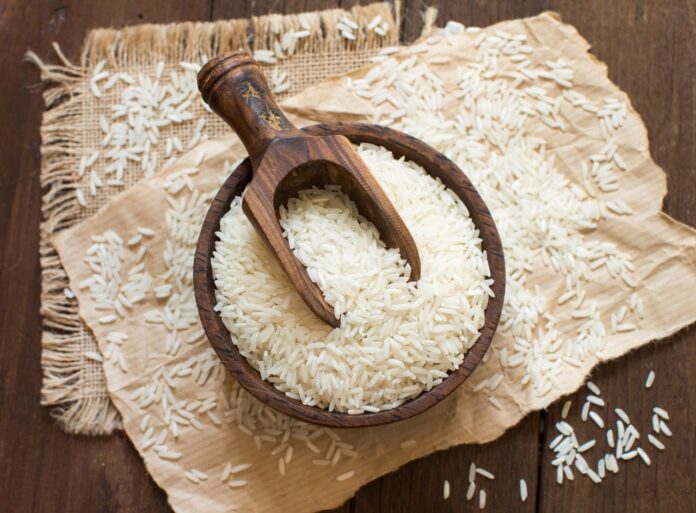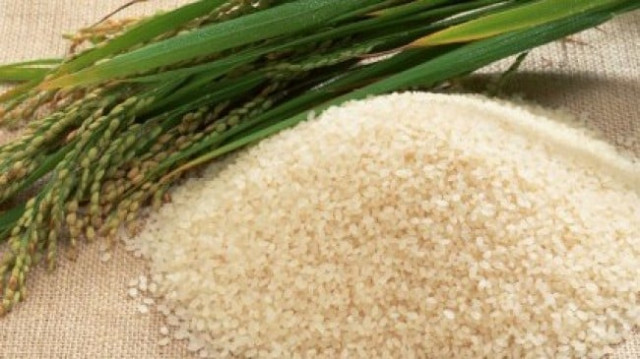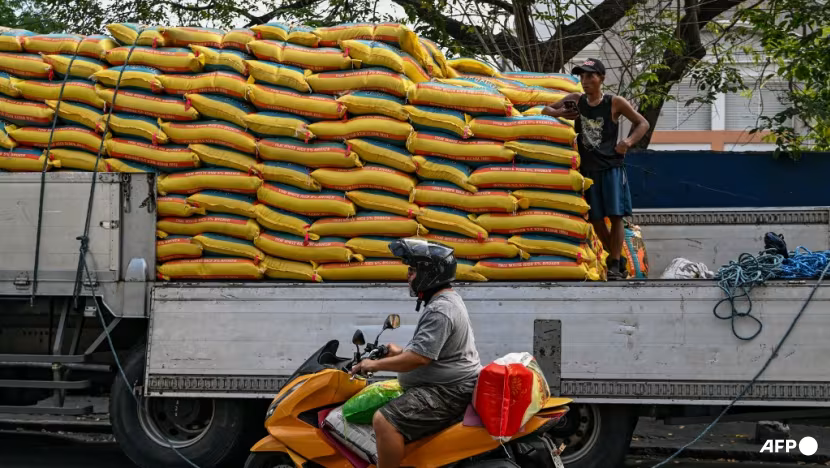Tags
Crop cutting experiments present a positive picture: Paddy yield likely Punjab’s best ever
The state has procured around 176 lakh tonnes of paddy and around 17 lakh tonnes of Basmati so far as the harvesting of both crops nears completion.

The state has procured around 176 lakh tonnes of paddy and around 17 lakh tonnes of Basmati so far as the harvesting of both crops nears completion. (Express File Image)
Floods in various parts of Punjab during July and August and adverse weather conditions before and during paddy harvesting notwithstanding, the initial Crop Cutting Experiment (CCEs) results show an average increase of around 4.50 quintals per hectare yield as compared to last year. This encompasses both non-Basmati (paddy) and Basmati varieties.
Though nearly 90% CCE has been conducted till date, but the results of the majority of such experiments are awaited. More than half the state’s districts have recorded yields exceeding the average till date. While this yield may slightly vary upon the collection of 100 per cent results, the current trends indicate a positive scenario than compared to last year.
The CCEs are conducted across various crops to evaluate the average yield. These experiments are performed in different parts of a district, after which the average yield is calculated. To conduct these experiments, officials from the agriculture department cut crops in a 5-6 square metre area. After threshing, the grains are collected to assess the yield. Around 2,200 to 2,300 locations across the state are selected by the Punjab Revenue department for these experiments. This selection includes areas with high, medium, and low fertility soils to derive an average. The results of such CCEs are utilized in research programmes aimed at enhancing the yield of various crops.

Initial data collected from various districts indicates Punjab’s average rice yield per hectare stands at 69.31 quintals compared to 64.79 quintals last year. However, this figure might see minor adjustments upon the completion of comprehensive data collection.
Malerkotla leads the yield at 84.13 quintals per hectare, followed by Barnala at 81.06 quintals, and Sangrur at 77.33 quintals so far.
Other districts’ CCEs have recorded yields as Moga: 76.30 quintals, Ludhiana: 76.03 quintals, Kapurthala: 75.75 quintals, Faridkot: 75.10 quintals, Bathinda: 73.60 quintals, Muktsar Sahib: 72.70 quintals, Fatehgarh Sahib: 72 quintals, Ferozepur: 71.20 quintals, Jalandhar: 71 quintals, Tarn Taran: 70.83 quintals, Patiala: 70.10 quintals, Shaheed Bhagat Singh Nagar: 68.02 quintals, Hoshiarpur: 67.58 quintals, Mansa: 66.35 quintals, Mohali: 65.45 quintals, Rupnagar: 64.53 quintals, Gurdaspur: 59.46 quintals.
Additionally, Pathankot recorded 58.95 quintals per hectare, Fazilka 57.42 quintals, and Amritsar the lowest at 52.04 quintals per hectare so far. Amritsar primarily had Basmati crop, which tends to have lower yield compared to paddy varieties. While paddy yields between 64 to 84 quintals, Basmati’s average yield ranges from 40 to 46 quintals in different districts.
The agriculture department is yet to separate the individual yields of Basmati and non-Basmati crops, maintaining an average of 69.31 quintals per hectare for both.
Last year, the combined yield of paddy and Basmati was 64.79 quintals per hectare, including 68.12 quintals of paddy on 26.73 lakh hectares and 46.78 quintals of Basmati on 4.95 lakh hectares. This year, the paddy area was 26.03 lakh hectares, while Basmati covered 5.96 lakh hectares.
Punjab produced 182 lakh tonnes of paddy and 23.32 lakh tonnes of Basmati last year. This year’s estimates suggest approximately 190 lakh tonnes of paddy and around 27-28 lakh tonnes of Basmati.
Other districts’ CCEs have recorded yields as Moga: 76.30 quintals, Ludhiana: 76.03 quintals, Kapurthala: 75.75 quintals, Faridkot: 75.10 quintals, Bathinda: 73.60 quintals, Muktsar Sahib: 72.70 quintals, Fatehgarh Sahib: 72 quintals, Ferozepur: 71.20 quintals, Jalandhar: 71 quintals, Tarn Taran: 70.83 quintals, Patiala: 70.10 quintals, Shaheed Bhagat Singh Nagar: 68.02 quintals, Hoshiarpur: 67.58 quintals, Mansa: 66.35 quintals, Mohali: 65.45 quintals, Rupnagar: 64.53 quintals, Gurdaspur: 59.46 quintals.
Additionally, Pathankot recorded 58.95 quintals per hectare, Fazilka 57.42 quintals, and Amritsar the lowest at 52.04 quintals per hectare so far. Amritsar primarily had Basmati crop, which tends to have lower yield compared to paddy varieties. While paddy yields between 64 to 84 quintals, Basmati’s average yield ranges from 40 to 46 quintals in different districts.
The agriculture department is yet to separate the individual yields of Basmati and non-Basmati crops, maintaining an average of 69.31 quintals per hectare for both.
Last year, the combined yield of paddy and Basmati was 64.79 quintals per hectare, including 68.12 quintals of paddy on 26.73 lakh hectares and 46.78 quintals of Basmati on 4.95 lakh hectares. This year, the paddy area was 26.03 lakh hectares, while Basmati covered 5.96 lakh hectares.
Punjab produced 182 lakh tonnes of paddy and 23.32 lakh tonnes of Basmati last year. This year’s estimates suggest approximately 190 lakh tonnes of paddy and around 27-28 lakh tonnes of Basmati.
The state has procured around 176 lakh tonnes of paddy and around 17 lakh tonnes of Basmati so far as the harvesting of both crops nears completion.
If this year’s yields remain consistent till the final CCE results, it will mark one of the highest yields per hectare. According to PAU, the paddy yield in 2020-21 and 2017-18 was 6,631 kg (6.631 tonnes) and 6,932 kg (6.932 tonnes), respectively. From the 1990s, the yield ranged between 5,700 and 6,100 kg per hectare, marking a steady increase in recent years.
Director, Punjab Agriculture department Dr Jaswant Singh Brar said that at the moment very less number of the results of CCEs have been received from the districts and on the basis of the initial results the yeild seems to be more than the last year but it may change at the end when all the results are received.
https://indianexpress.com/article/cities/chandigarh/crop-cutting-experiments-paddy-yield-punjab-9032818/Published Date: November 19, 2023






